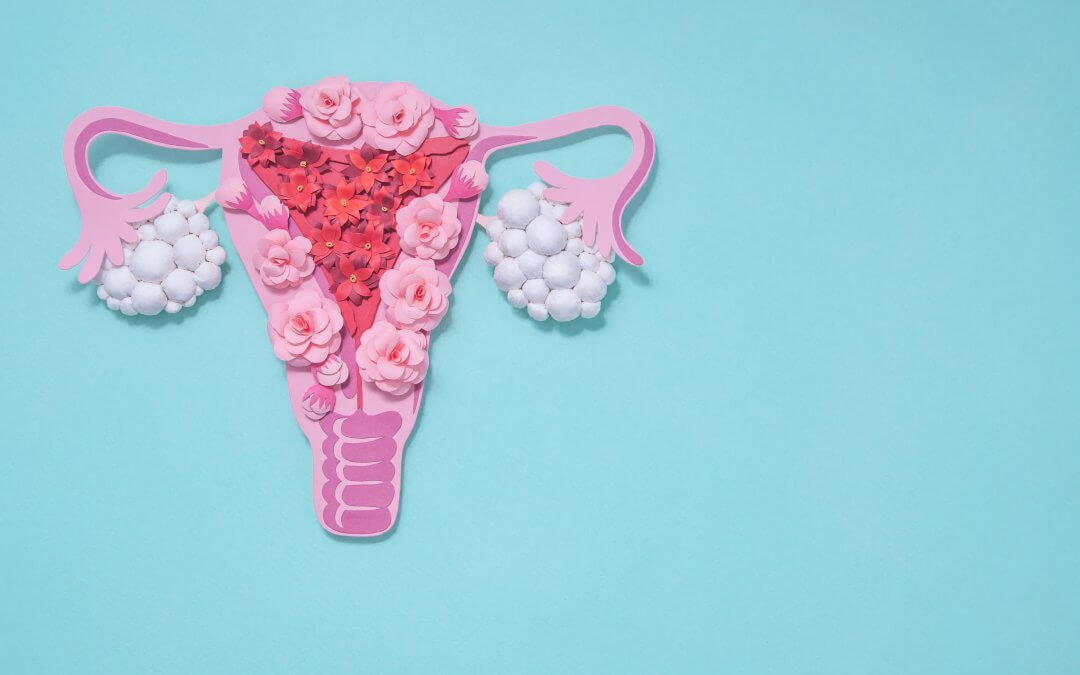A new study has shown that mesenchymal stem cells derived from both the umbilical cord and from fat tissues may be able to provide a therapy for ovarian ageing.
In a trial conducted using mice, researchers at the Centre for Reproductive Medicine in Beijing saw drastic improvements in ovarian function after administering stem cells, improvements that may be an important step in eradicating the ‘biological clock’.
What is Ovarian Ageing?
Ovarian ageing is a natural process whereby the quality and quantity of both oocyte (eggs) and ovarian follicles (small fluid filled sacs that contain eggs) diminishes over time.
While it is inevitable that the human body should age, the ovaries age faster than many other organs, with characteristics of senescence emerging around 30-35 years of age. [1]
This rapid ageing process can be both troubling and distressing, leading to age-related infertility, a severe obstacle to many women who want to have children later in life.
Indeed, recent trends indicate that as a result of a myriad of socio-economic factors, motherhood is becoming more and more delayed, meaning an increasing number of women are being diagnosed with female infertility and being forced to utilise assisted reproductive technologies in order to have a child. [2]
How could stem cells help with ovarian ageing?
Because mesenchymal stem cells are able to differentiate into other specialised cell types in the body, it’s thought that they may be able to repair the damage ovaries incur through the ageing process and reinstate the cellular environment required for follicular renewal. [3]
What did the study find?
In the aforementioned study, scientists took umbilical cord and adipose tissue derived mesenchymal stem cells and injected them into the ovaries of mice with reduced reproductive functions.
A break from previous studies that injected stem cells into the tails of mice, this trial utilised a process known as orthotopic transplantation, which delivered the stem cells closer to the ovaries.
They then monitored the results of the application over an eight day period to determine the impact on the mice’s oestrous cycle – a phenomenon that has similarities to the hormonal changes during the menstrual cycle in human females.
What they found was that in the mice who had undergone umbilical cord derived stem cell transplantation there were drastic improvements to the duration of this cycle.
Between weeks 1 and 3 the mice were then sacrificed in order to analyse the changes to their tissues.
Analysis of the ovaries of the older mice revealed that the MSCs dramatically increased the proportion of proliferating cells.
Additionally, the number of primary follicles and blood vessel proliferation also increased as a result of the injection, along with a notable uptick in the expression of signalling pathways relevant to the regulation of inflammation in the ovaries. [4]
There were no significant toxic reactions to the treatment, nor were the MSCs determined to be tumorigenic (meaning no risk of the cell transplantation resulting in the proliferation of malignant tumours).
While there is still a long way to go before this potential treatment reaches clinical trial in humans, initial results from this study, and others like it, are highly promising for treating ovarian ageing.
If you want to find out more about how to save umbilical cord stem cells for your baby, download our free welcome pack below.
References
FIND OUT MORE, REQUEST YOUR WELCOME PACK TODAY
All you need to know to make an informed decision.
Provide your contact details to request:
– Complete Welcome Pack and Parent’s Guide
– Information via email
– Contact from our specialist advisors









